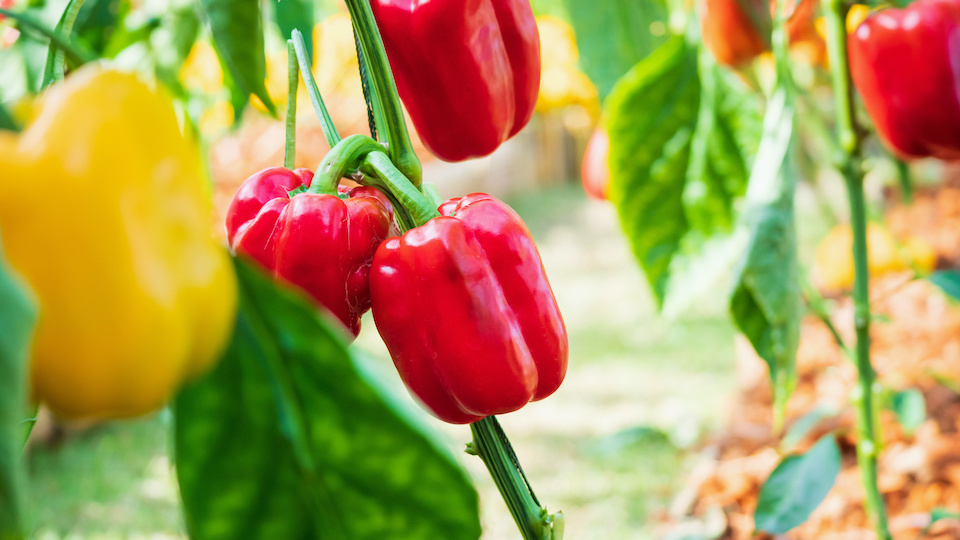Peppers are a wonderful addition to any home garden, and there are many varieties to choose from, ranging from super hot to sweet and everything in between. No matter how you like them, there is a pepper for you. Growing the perfect pepper plant is not as easy as simply plopping a young seedling into the ground and walking away! However, if you pay attention to a few things that peppers really love, you will be in luck, and your plants should produce an abundance of pepper for you to enjoy.
Pepper plants are at home where there is an abundance of warmth – soil, air, etc. You can grow beautiful pepper plants in a greenhouse, outdoor home garden, and even indoors if you can replicate favorable conditions.
If you are starting your pepper from seed indoors, be sure that you choose a high-quality seed from a reputable seed company. The higher the quality of the seeds, the healthier your plant will be. Use fresh seed only and choose varieties that are well suited for your growing region. Likewise, be sure to choose only high-quality young plants (if you choose to go the plant route). Look for plants with plenty of healthy leaves, a nice upright stem, and good color.
Here are five things that I have learned through the years that have helped me grow healthy pepper plants with delicious fruit.
Tip #1: Mind the sun – Peppers like six to eight hours each day of sun. Anything less than this will result in poor growth and a lack of fruit. There are a few varieties of peppers that will tolerate less sun, so if you can’t provide at least six hours of sunshine, look for these.
Tip #2: Mind the temperature – Peppers are a warm-season crop that like plenty of warmth. They prefer a temperature range of 75 to 80 degrees F. If the temperature is too cold, below 60 degrees F or too hot, above 90 degrees F, blossoms will fall off and the plant will have poor fruit set. Keeping peppers in the happy heat zone and minimizing temperature fluctuations will result in healthy plants and fruit. If you put your peppers out in the garden and experience a drop in temperature, be sure to cover your plants using plastic to keep them happy and warm. The lowest temperature a pepper plant can endure before being damaged is 50 degrees F.
Tip #3: Mind the water – When peppers are watered evenly and consistently, they will be at their best. Poor watering techniques can result in blossom end rot, so it is important to adopt good watering habits early on while your plants are young. Do not let pepper plants dry out entirely before dumping water on them – this will definitely cause issues. Soil should be evenly moist, not soggy Using an automatic drip system and mulching will help with moisture.
Tip #4: Mind the feeding – A slow release organic feed is best for peppers. Compost is a great idea, and add a little Epsom salt around the plant as well. Water the soil around your plant with compost tea at least once a week for the best results.
Tip #5: Mind the growth – Pinch pepper flowers regularly while they are young. It is best to pinch them off until the plant is at least 15 inches tall. This way, the plant’s energy is not going to fruit set too early but rather going to the development of healthy roots and leaves.
Let your peppers ripen fully on the plant before harvesting. Lots of peppers are picked when they are not quite ripe, but this interferes with the flavor. For the best taste, wait until your peppers are fully ripe and ready to come off the vine!
-Susan Patterson




